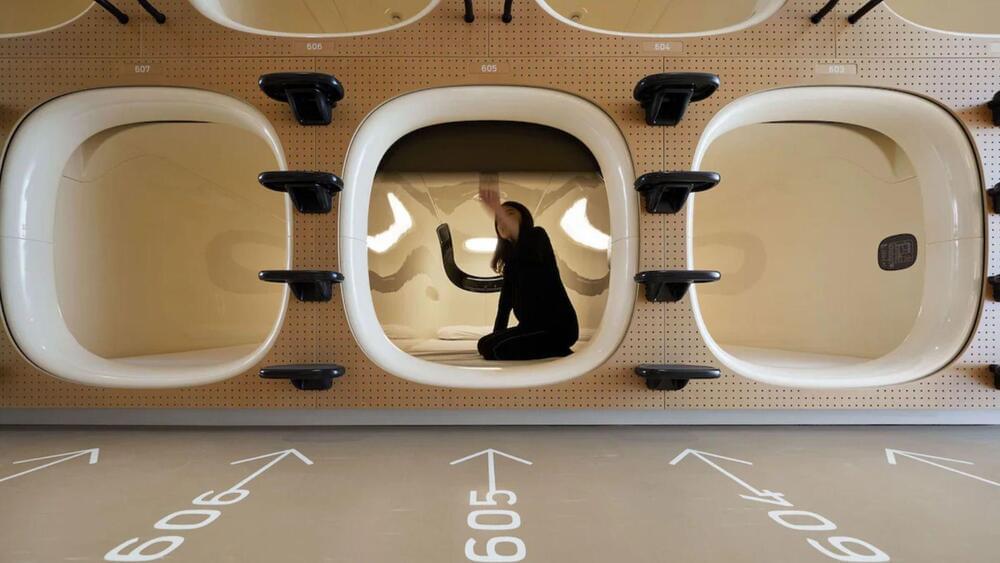The model expects to generate $203 million in revenue by 2030 from its new health promotion business.
How would you feel if someone offered you a stay at a hotel, but with a catch: they would watch you sleep and collect data from your body? Would you be curious, excited, or creeped out? Well, that’s exactly what a Japanese IT company plans to do as part of its new health promotion business.
NTT’s bold plan
NTT Data, a Japanese IT services company, has revealed its plan to open a capsule hotel that will monitor and analyze the sleep patterns of its guests, with their consent. The company aims to use sleep data to provide personalized health and wellness services and sell anonymized data to various industries.









